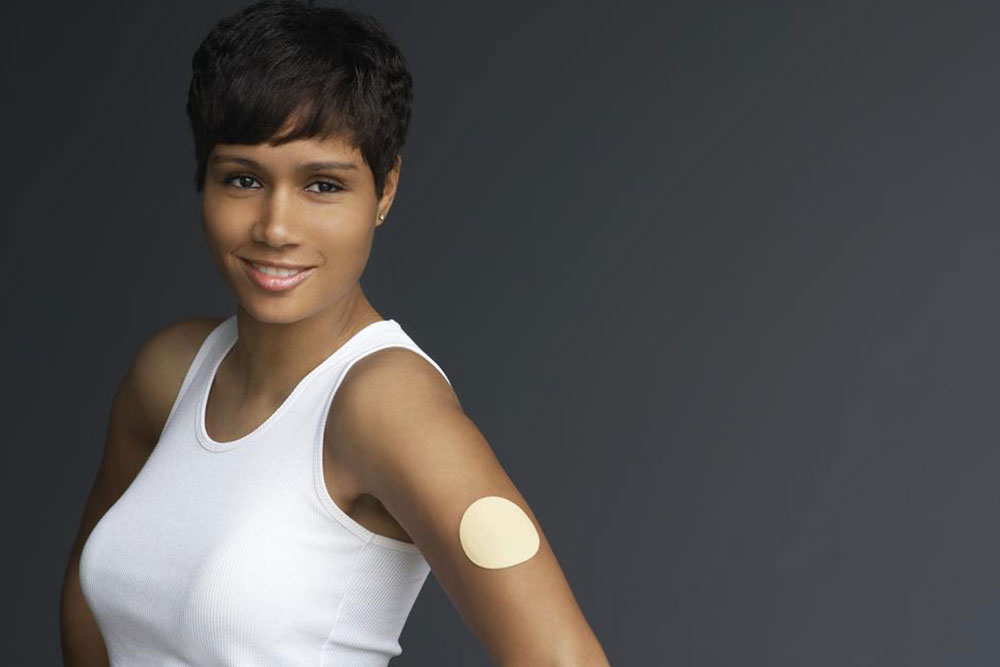Different Uses of Embroidered Patches
Embroidered patches are small cloth patches with embroidered decorations or insignias. Embroidery, as a form of clothing embellishment, has been in vogue since ancient times. Embroidered patches are particular bits of embroidery, called cloth badges, that often serve as identification of an organization the wearer belongs to.
Embroidered patches
Embroidered patches have a cloth backing and the needlework is done on this cloth patch. These cloth badges often serve as identification badges.

Military Patches
Today, embroidered patches have the closest association with the military. They are known as Shoulder Sleeve Insignias (SSI) because they are mostly attached to the upper left shoulders of the Army Combat Uniform. However, shoulder patches are not confined to the army, they are also used in other military divisions like the navy, air force, coast guard, marines etc.
In the US military, there are several regulations on what patches are worn by which divisions, their design, where they may be worn, how many patches may be displayed at one time, and so on. The Institute of Heraldry governs the design and use of US military patches. This institute assigns a hallmark to each certified manufacturer of different military insignia. Other manufacturers cannot mimic military patch design on their embroidery patch products.
Other uses of embroidered patches
Embroidered patches are also used by other government organizations like the police, emergency services etc. Youth associations, sports teams, scout organizations like boy scouts and girl scouts, and other special groups also make use of these patches. Many private sector companies also make use of cloth badges or embroidered patches as identification accessories for their employees. These can denote job, division, position etc.
Embroidered patches and pop culture
Many people use embroidered patches to express their interests, associations, and attitudes. Embroidered patches are seeing a resurgence now in mainstream use, with many fashion designers like Gucci, Virgil Abloh, and Raf Simons including these decorations in their fashion apparels.
You can also buy trendy and fun patches at a far more affordable price from many companies that make pop culture embroidered patches. Some of these include:
Tough Times Press
This company makes embroidered patches that express a variety of attitudes. These are patches that can be ironed onto your regular apparel. Tough Times Press is owned by Maurice Blanco, a streetwear designer, and his girlfriend.
HALFPATCH
This Canadian accessory brand creates and offers 100% embroidery patches. Their most popular patches include their Emoji Collection and the Kanye West 2020 patch. Reflecting the pop culture attitude, these patches can be attached to your clothing using outsize pins that come with the patches. They can also be ironed on.
How to attach an embroidered patch to your garment?
Oversized pins may be alright for casual patches, but not for formal use like military patches. What are the other ways to stick these patches on your clothing?
The traditional sew on style
Stitch the patch to your cloth. Take a needle and thread and sew on the patch where you want it. If you know how to sew, you can have the embroidered patch stitched on, neat and secure and permanently in place. However, if you need to remove and replace the patch, this is not a good idea.
Iron on the embroidered patch
If your embroidered patch comes with a plastic backing, it usually means that it can be ironed on to your clothing. The plastic back is coated with a heat activated adhesive that attaches the patch to your cloth. Better-quality patches come with a thicker plastic backing that will last longer.
You will need the patch, an iron, an ironing board, your garment, and a thin piece of clothing material. Place the cloth on the ironing board, put the patch in the right position on the garment, with the plastic material resting on the cloth and the decorated front facing you. Heat the iron and cover the patch with the thin piece of material. Now run your iron over this material until the patch is firmly stuck to your garment. The thin material helps protect the patch from direct exposure to the hot iron.
Hook and loop patches
These are removable patch attachments. The back of the embroidered patch usually holds the hook, while the loop that is used to secure the hook is in the garment. The patch can thus be easily hooked on to the cloth when needed. It can also be easily unhooked when not in use.
Velcro attachment
These are the best options for embroidered patches that have to be removed and replaced. So formal patches like military SSI and identification patches for other organizations are now opting for this type of attachment. The back of the patches have velcro material and the clothing on which they are to be affixed also have velcro patches sewn on the right positions to accommodate the embroidered patches. So these patches are easily affixed and removed.
Embroidered patches can serve as military insignia, identity badges, as decorative patches on clothing, as expressions of attitudes. Whatever their use, these small embellishments are often crafted with care and can be easily attached to your clothing using many techniques.




